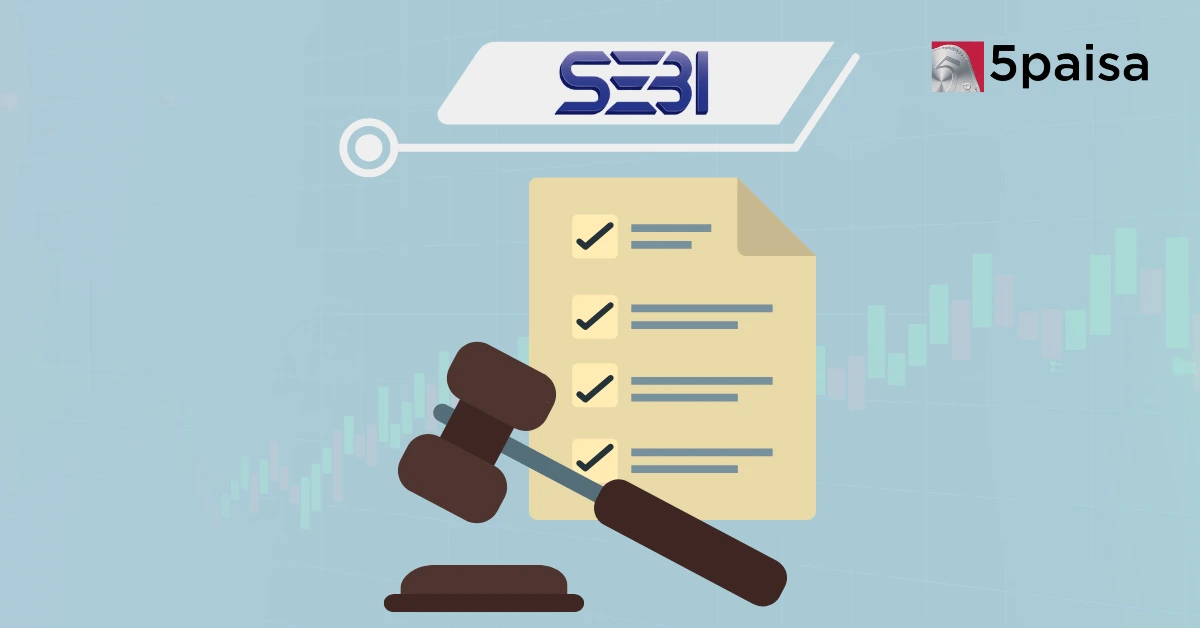NSE Approaches SEBI for No Objection Certificate Ahead of IPO
SEBI sets out timeline for shifting IPO listing to T+3 days

SEBI has moved quickly on implementation
The bold move by SEBI to list IPOs in 3 days from the day of closure will be reality soon. In a detailed circular issued by SEBI on August 09, 2023, SEBI has laid out the complete process flow as well as the timelines for implementation of T+3 for IPOs. Here is what this shift means for investors, merchant bankers, issuers and for market infrastructure institutions.
The current IPO market operates on a T+6 system where the IPO stock has to list on the stock exchanges by the sixth working day from the closure of the IPO. Now that will be moved to T+3, which means the stock will now have to be listed by 3 working days from the closure of the IPO. Holidays will not be calculated for the purpose of this timeline.
When the SEBI had announced this shift a few months back, many investors and even market players were unsure if it would work. After all, the entire process of finalization of basis of allotment, approval by stock exchanges, initiation of refunds and crediting shares to the demat account would have to be completed by T+2 day, so that the stock can list on T+3 day after the IPO. However, SEBI has since conducted extensive discussions with the market infrastructure institutions and is now fairly convinced that such timeline can be adhered to.
The implementation will be done in two tranches. In the first tranche appliable for public issues opening on or after September 01, 2023, the shift to T+3 IPO system will be voluntary and the issuers and merchant bankers may or may not opt for the system. This voluntary system will have a learning period of 3 months. However, for issues opening on or after December 01, 2023, shift to T+3 IPO listing will be mandatory.
Process flow for T+3 IPO listing
Listing IPOs on T+3 days from the date of closure of the IPO means that the room for error is very small and the process has to be well understood, disseminated and also well fine tune. Here is what the process entails.
- The T+3 listing will be appropriately disclosed in the offer document so that the investors are aware of it. The offer document should also disclose in detail, the timelines for submission of applications, allotment of securities, unblocking of application monies in the bank account etc. Such disclosures will be an automatic safety net.
- The self-certified syndicate bank (SCSB) must ensure that the PAN (permanent account number) mentioned in the application is linked to the bank account maintained with the bank. SCSBs will also have to confirm the same. The PAN linked to the bank account of the applicant will be part of the bidding date on the stock exchange platform.
- Thirdly, the registrar to the issue will undertake third party verification of applications by matching the PAN available in the demat account with the PAN available in the bank account of the applicant. In the case of mismatch, such applications would continue to be treated as invalid applications for finalizing the basis of allotment.
Indicative timelines of activities for T+3 listing of IPOs
Here is a quick summary of major timelines for a company to be able to meet the T+3 deadline for IPO listing under the new system.
- Here are some key timelines with respect to submission of application for the IPO under the T+3 system. Only electronic applications via 3-in-1 ASBA will be allowed till 5 pm on the T-day. T day is the day of closure of the IPO. Other individual electronic applications have a cut-off of 4 pm while for non-retail the cut-off is 3 pm. Physical applications will not be accepted beyond 1 pm on T day. For non-ASBA bank physical applications, the cut-off time would be 12 pm. Bid modifications will be accepted where applicable from bid opening till 5 pm on bid closing day (T day).
- The T+1 day becomes a critical day for the IPO process. All third party checks on UPI applications have to be completed by 9.30 am on T+1 day. The finalization of rejections and the compilation of basis of allotment will be completed 6 pm on T+1 day. On the same day, the stock exchange approval of basis of allotment must also be necessarily completed by 9.30 pm on T+1 date.
- T+2 day will be the last day for all processes to be completed. The first big step is the refunds and the unblocking of fund for non-allottees. For bank ASBA and online ASBA applications, the refunds must be initiated latest by 9.30 am on T+2 day. In the even of refund payment via fund transfer, such process must be completed by 2 pm on T+2 day. In the case of unblocking of funds for ASBA applications, it will have to be completed by 4 pm on T+2 day. Simultaneously, the demat credits must also start for the shares to allottee. The credit of demat shares will commence latest by 2 pm on T+2 day and the entire demat credits to be completed by 6 pm on T+2 day, so that all eligible allottees have their shares credited into the demat account. The allotment advertisement must be published by 9 pm on T+2 day so that it can be in the newspapers on T+3 day but not later than T+4 day.
- This will ensure that trading can officially commence on T+3 day.
This system makes Indian IPO market one of the most efficient IPO markets in the world in terms of process flows. It remains to be seen how it is executed. It is going to help markets by making funds available sooner for investors and also for issuing companies.
- Flat ₹20 Brokerage
- Next-gen Trading
- Advance Charting
- Actionable Ideas
Trending on 5paisa
02
 5paisa Research Team
5paisa Research Team
Indian Market Related Articles
Disclaimer: Investment in securities market are subject to market risks, read all the related documents carefully before investing. For detailed disclaimer please Click here.





